A Guide to Reflective Yarn Types and Their Best Uses
A Guide to Reflective Yarn Types and Their Best Uses
As a foreign trade professional in the safety and textile industry, I often hear one question from buyers: "What kind of reflective thread should I use for my product?" The answer isn't one-size-fits-all. The right choice depends on your application, budget, and performance requirements.
Understanding the different types of reflective yarns on the market is the first step to making an informed decision. Let's break down the main categories and where they shine.
1. Traditional Glass Bead Reflective Yarn
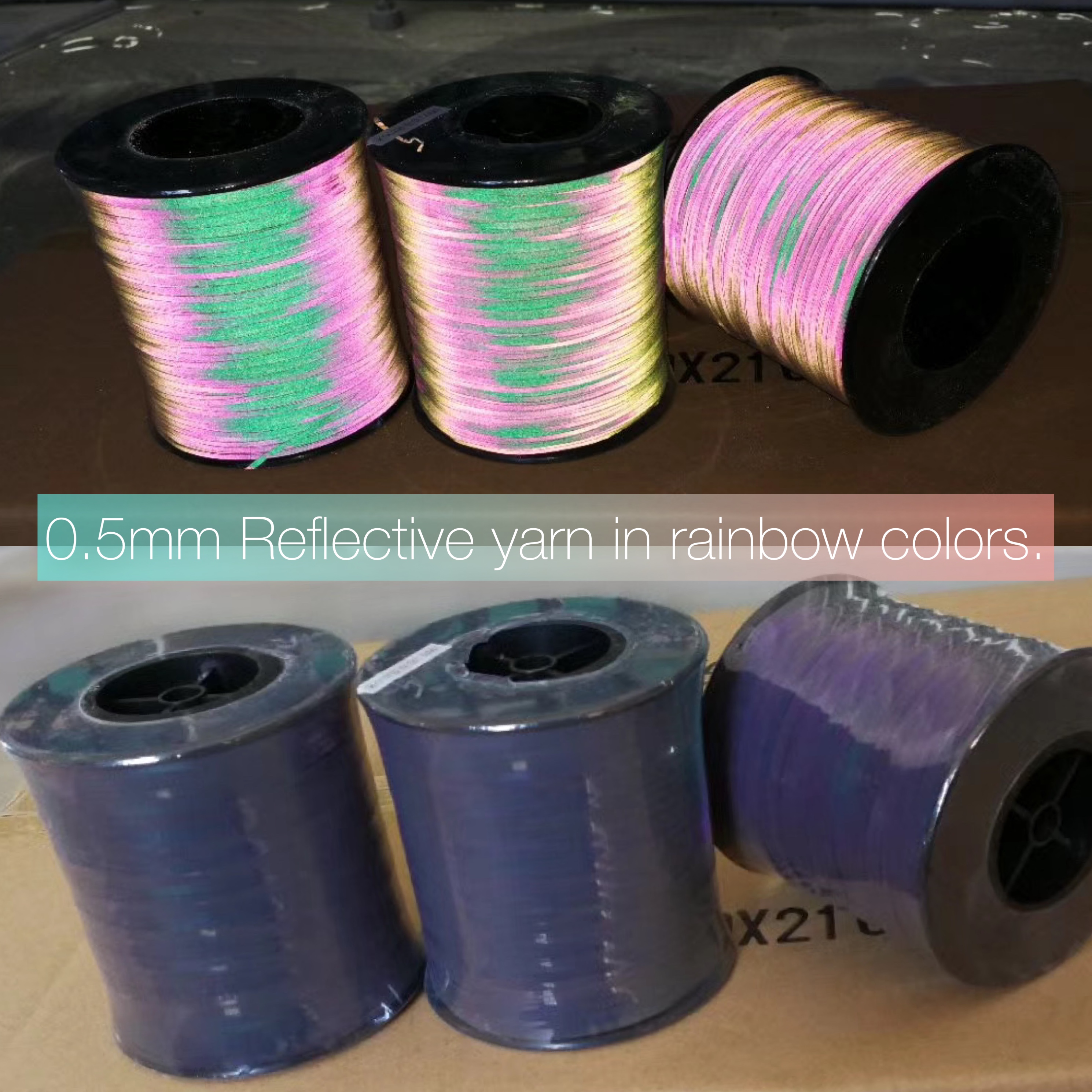

This is the most common and cost-effective technology. Think of it as embedding thousands of microscopic "cat's eyes" into a thread.
How it Works: A core thread (usually polyester or nylon) is coated with tiny glass beads. These beads focus incoming light onto a reflective backing layer, which then bounces the light directly back to the source.
Best For:
General Safety Apparel: Workwear, uniforms, and safety vests.
Fashion & Accessories: Stylish details on jackets, bags, hats, and shoes.
Promotional Items: Logos and designs on backpacks and corporate gifts.
Key Takeaway: A versatile, all-rounder solution perfect for applications where high visibility is needed without extreme abrasion demands.
2. High-Intensity Prismatic Reflective thread
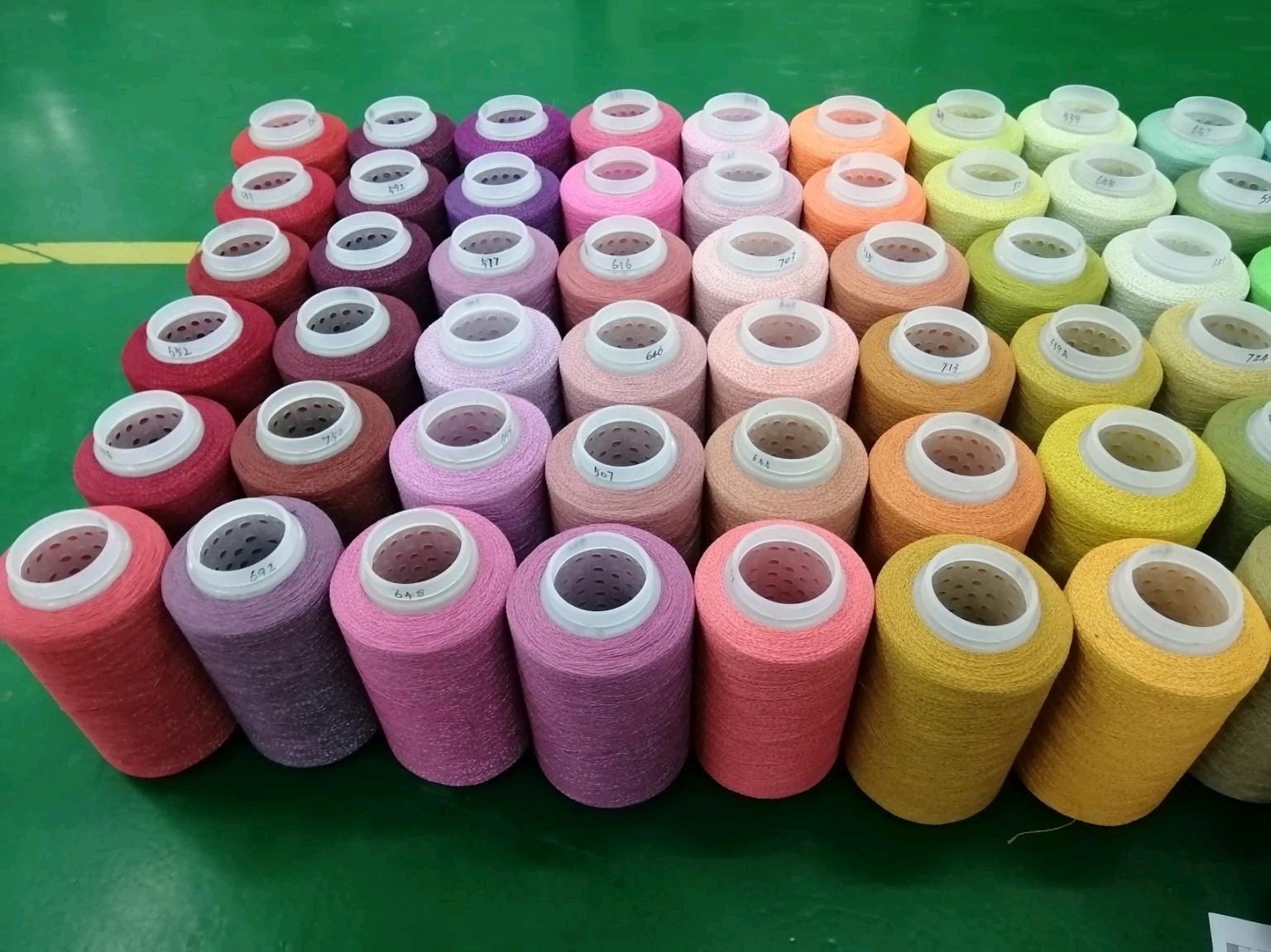

For projects where maximum brightness is non-negotiable, prismatic yarn is the gold standard. It's the technology used in most high-performance safety gear.
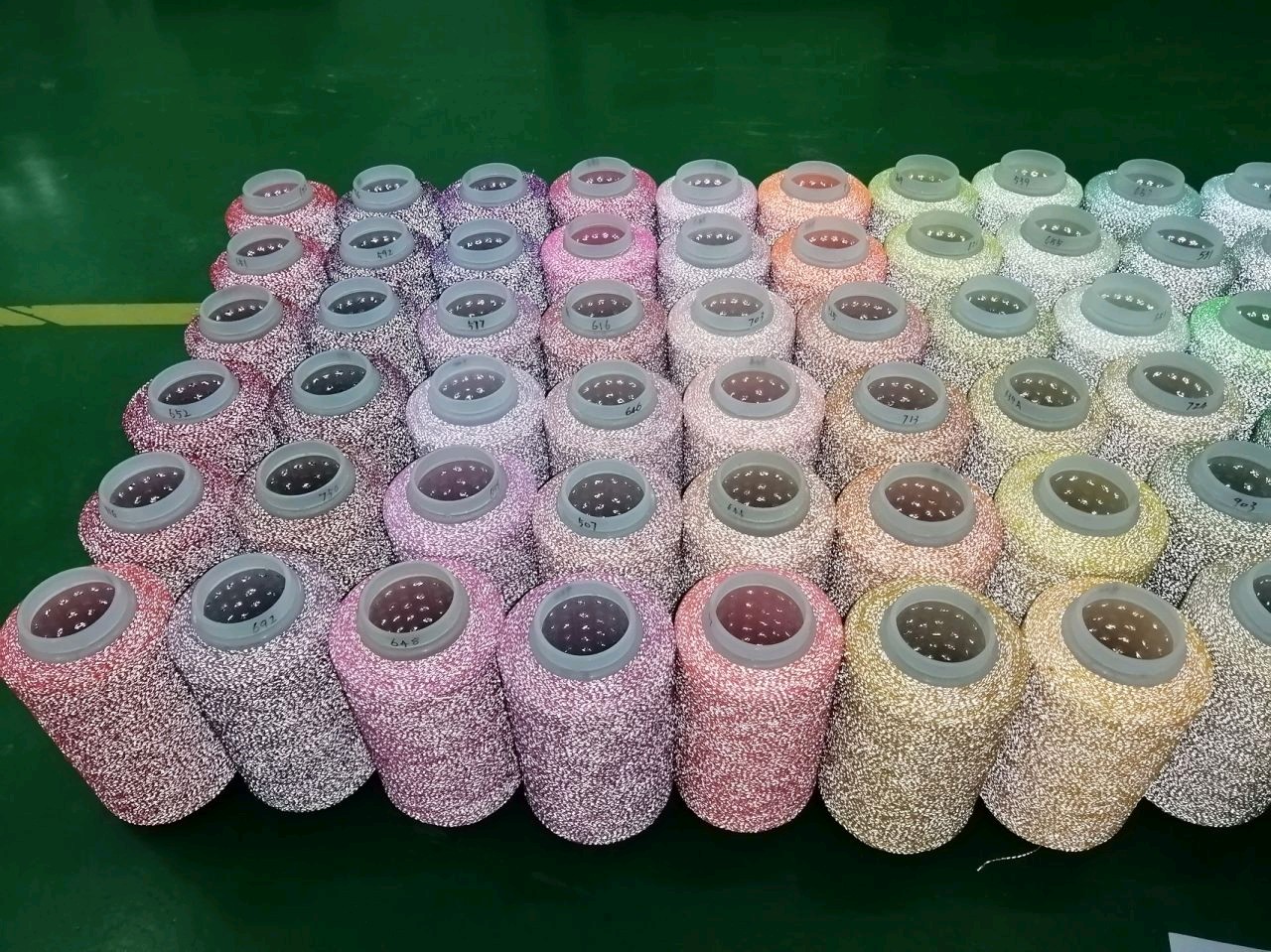

How it Works: Instead of beads, this yarn uses a layer of microscopic prismatic cubes (corner reflectors) that are incredibly efficient at returning light. This creates a much brighter and longer-distance reflection than glass beads.
Best For:
Professional High-Visibility PPE: Firefighter gear, police uniforms, and road worker apparel compliant with EN ISO 20471 and ANSI/ISEA 107.
Cycling & Running Gear: Where being seen from a great distance is critical for safety.
Outdoor & Adventure Equipment: For tents, backpacks, and dog leashes that need to be spotted in emergencies.
Key Takeaway: Unmatched brightness and durability for professional and life-saving applications. It generally offers superior wash fastness.
3. Composite or Blended Reflective Yarn
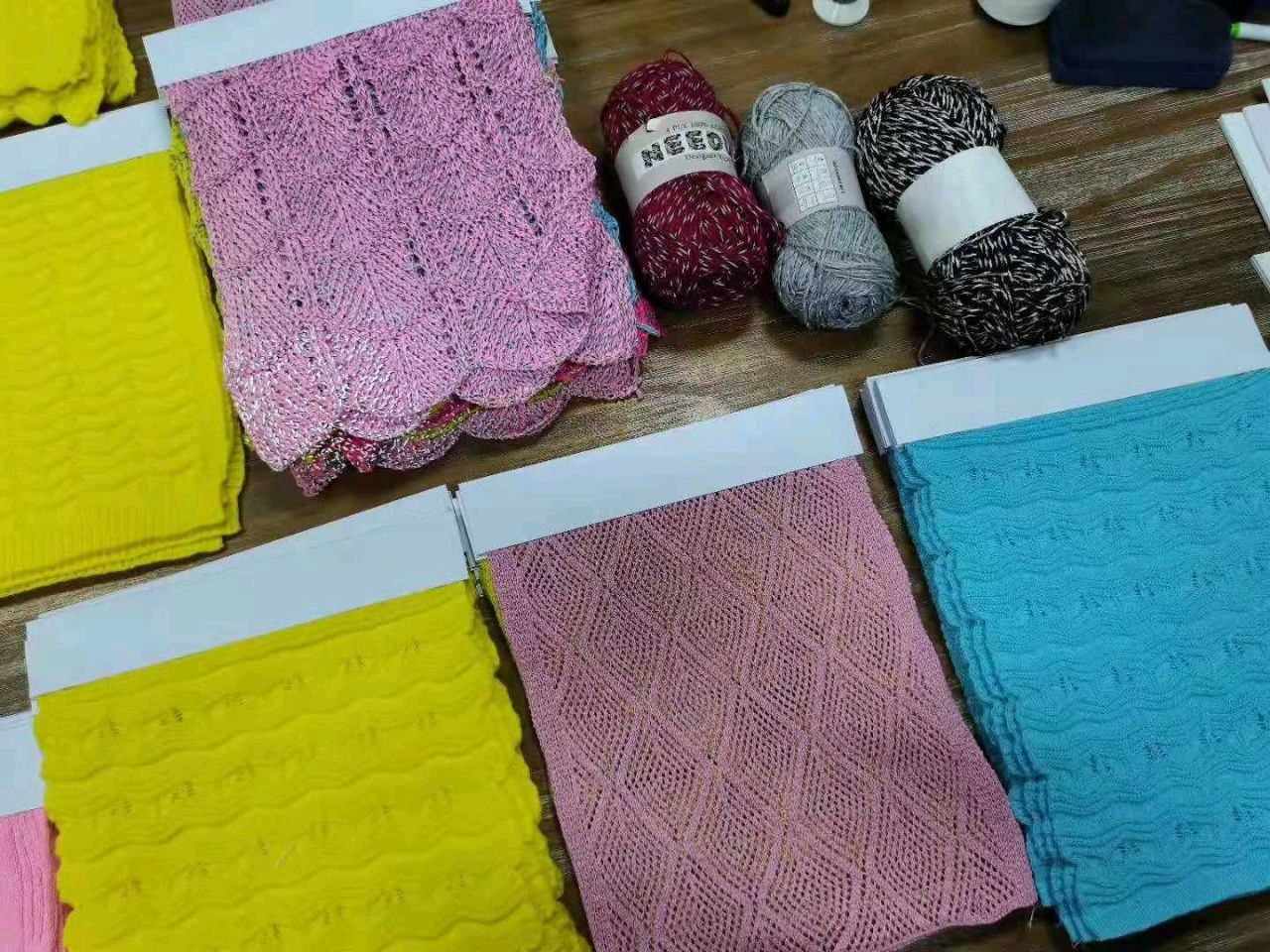

This type focuses on integrating reflectivity directly into the fabric's structure for a more subtle or specialized effect.
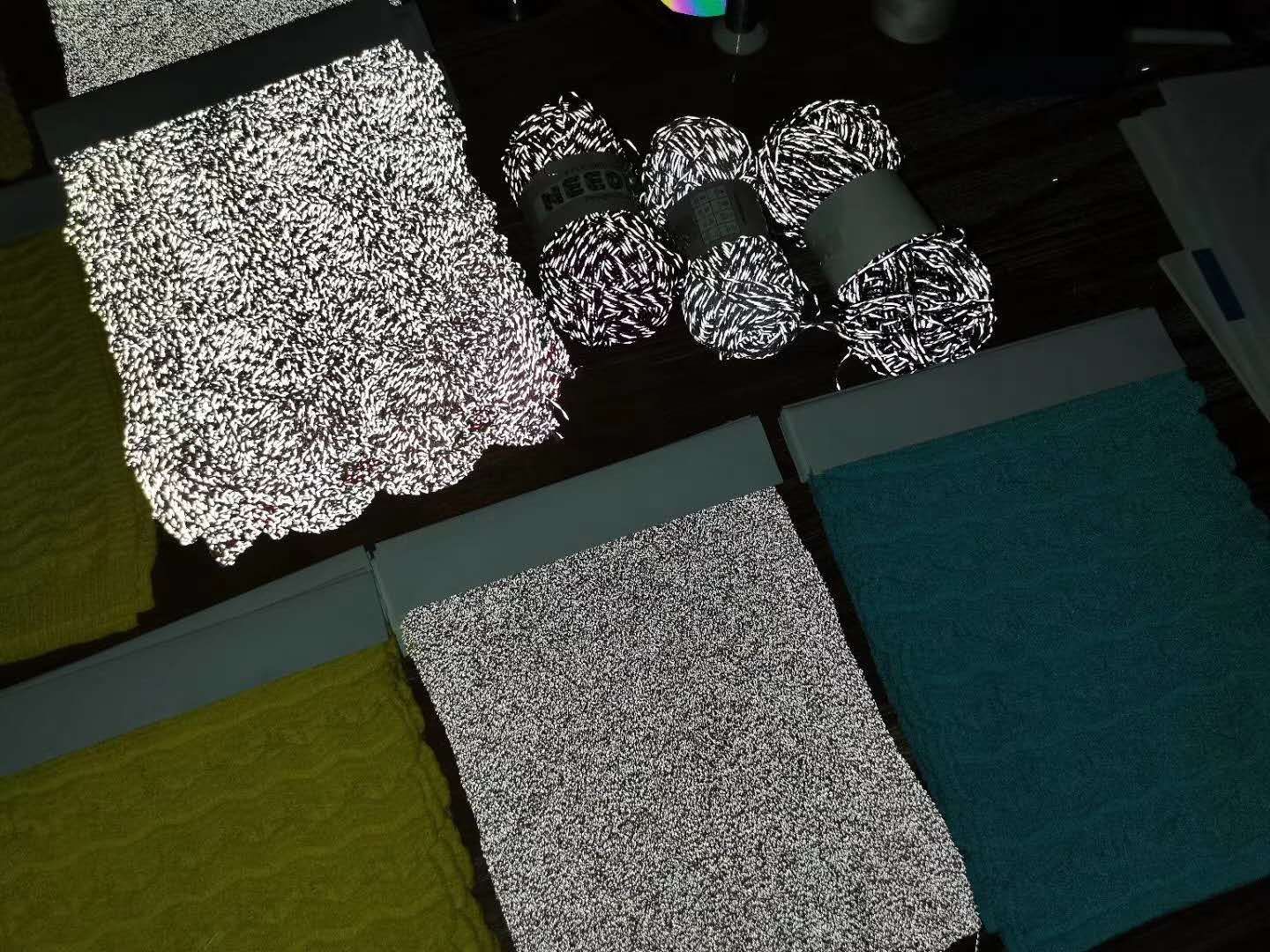

How it Works: Reflective fibers are woven or twisted together with standard non-reflective fibers (like cotton or wool). The result is a fabric that looks relatively normal in daylight but reveals a striking reflective pattern when light hits it at night.
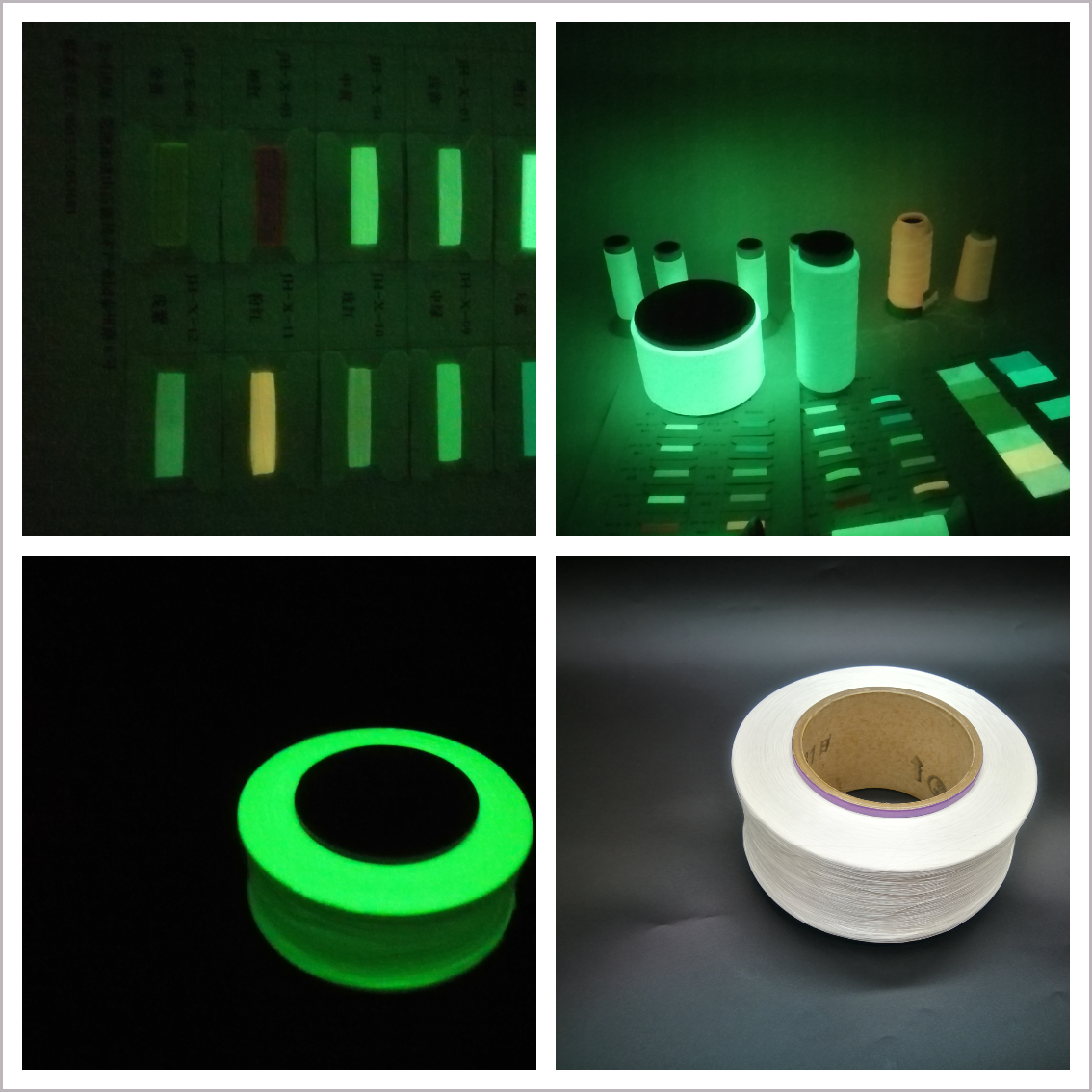

Best For:
Fashion-Forward Activewear: For brands that want safety to be a hidden, stylish feature.
Subtle Corporate Branding: Embedding a reflective company logo into a polo shirt that is invisible during the day.
Technical Textiles: For specialized industrial fabrics.
Key Takeaway: The ideal blend of aesthetics and functionality, offering a "hidden" safety element until it's needed.
4. Photoluminescent (Glow-in-the-Dark) Yarn
It's important to distinguish this from reflective yarn. Glow-in-the-dark yarn does not reflect light; it absorbs and stores it to emit a glow in the dark.
How it Works: The yarn is infused with phosphorescent pigments (usually non-radioactive and safe) that charge under light.
Best For:
Low-Light Applications: Children's pajamas, pet accessories, and emergency path markings.
Novelty & Fashion Items: Creating unique glowing designs.
Key Takeaway: Provides ambient glow without a direct light source, but is not a substitute for the intense, direct reflection needed for road safety.
How to Choose the Right Type for Your Project?
As your potential supplier, here are the key questions we ask to guide you:
What is the Primary Use? (Fashion, professional safety, or outdoor sports?)
What Safety Standards Must You Meet? (EN ISO, ANSI, etc.) This often dictates the technology.
What is Your Durability Requirement? How many washes must it withstand?
What is Your Aesthetic Goal? Do you want it to be obvious or hidden in daylight?
What is Your Budget? Glass bead is more economical, while prismatic offers premium performance.
Partner with a Knowledgeable Supplier
The world of reflective materials is technical. Working with a supplier who understands these differences is crucial to your product's success, compliance, and cost-effectiveness.
I specialize in helping international buyers like you navigate these choices. Whether you're developing a new line of safety workwear or adding a cool feature to your fashion brand, I can provide the right reflective yarn solution with the necessary certifications (like OEKO-TEX for skin contact).
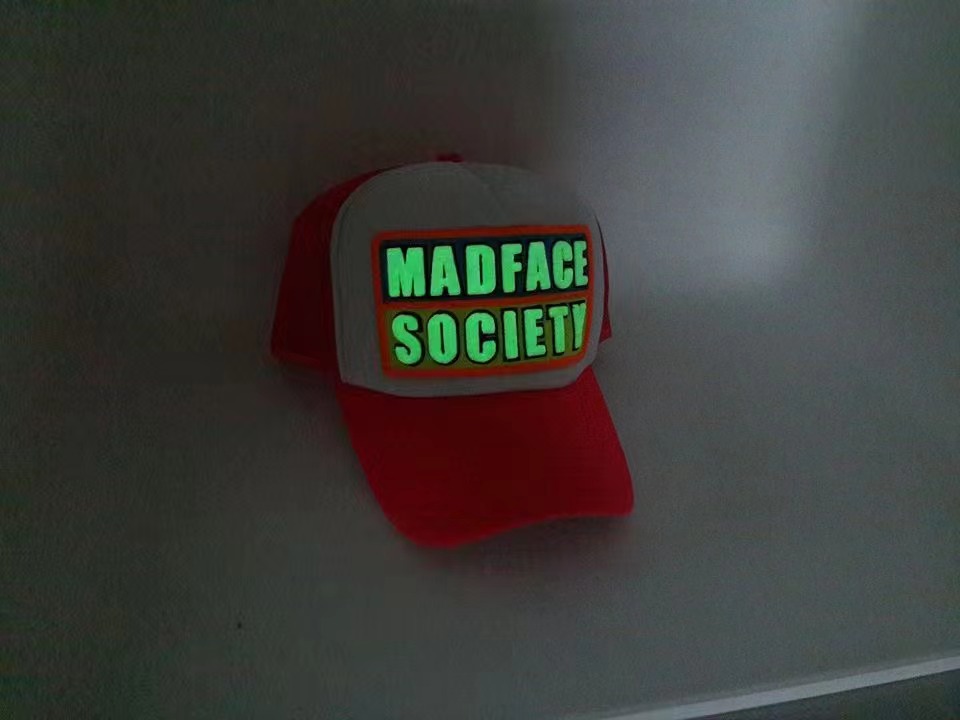

Let's connect and make your products shine and safe!
#ReflectiveYarn #ReflectiveThread #SafetyApparel #Workwear #Activewear #TechnicalTextiles #SmartFabric #B2B #ForeignTrade #Tex